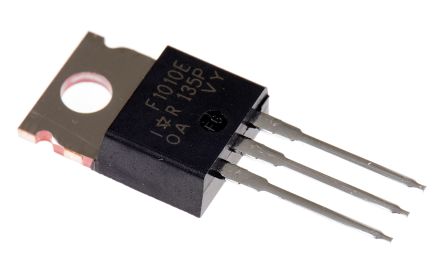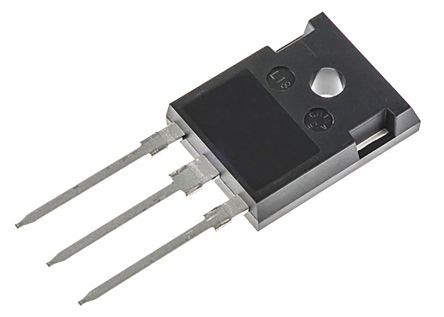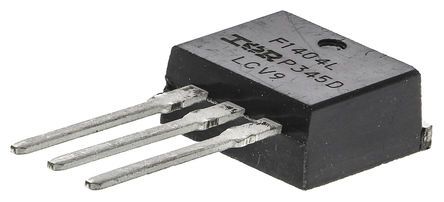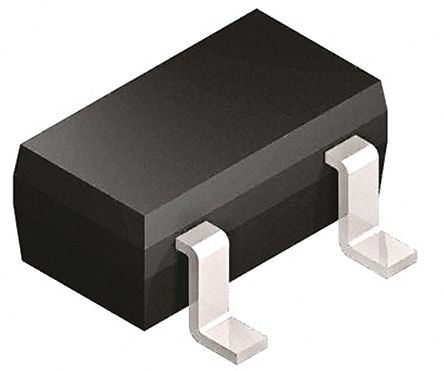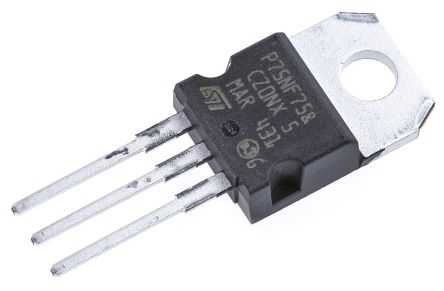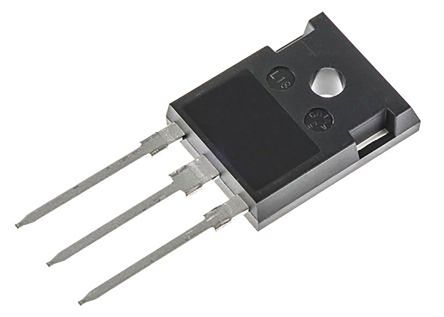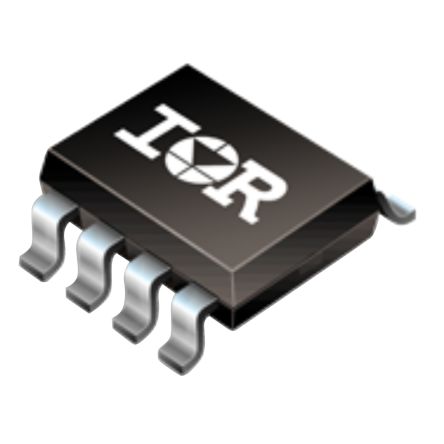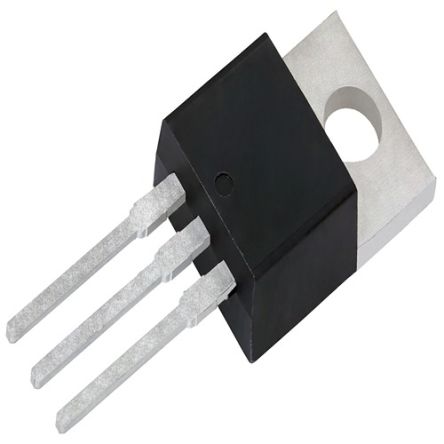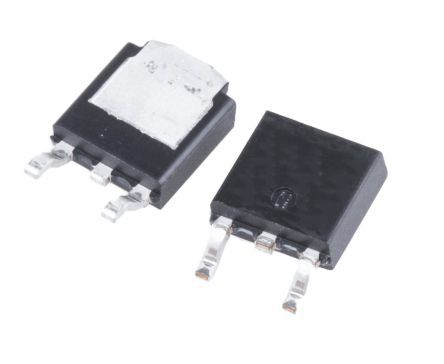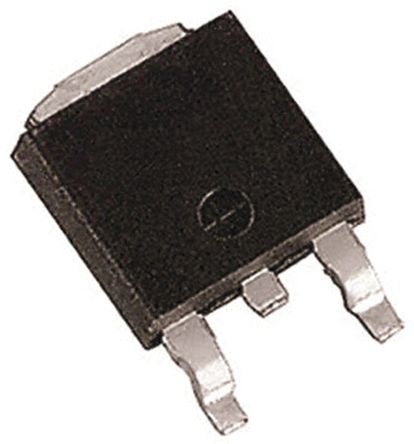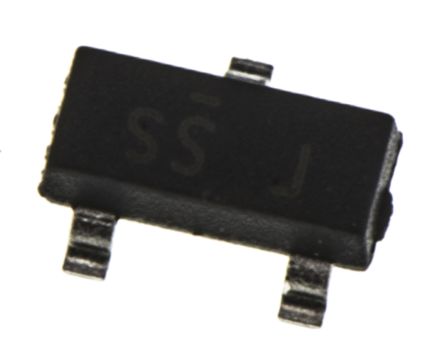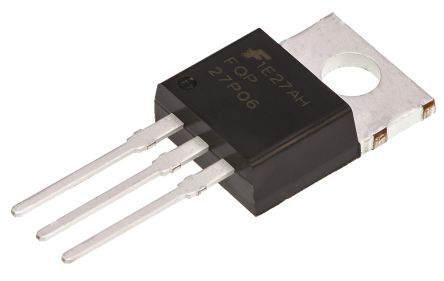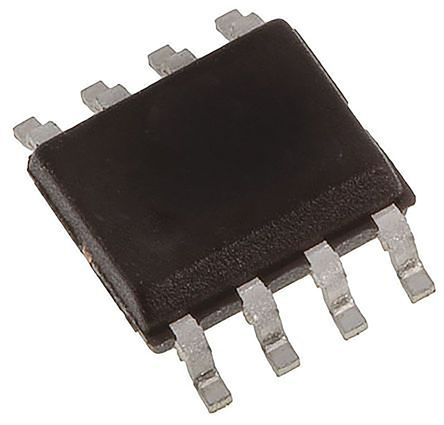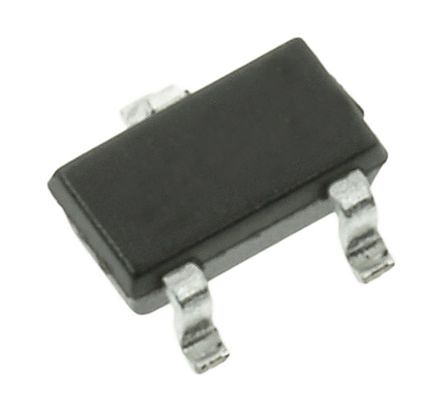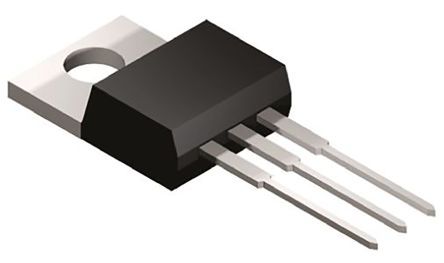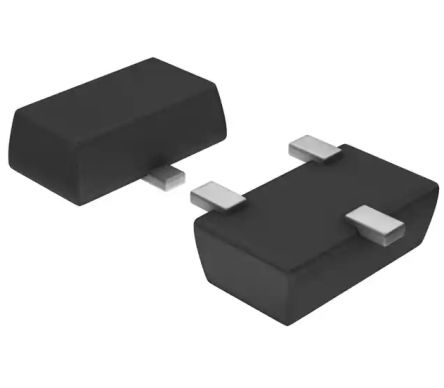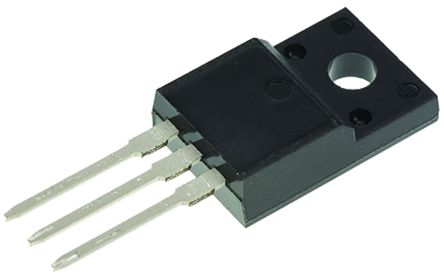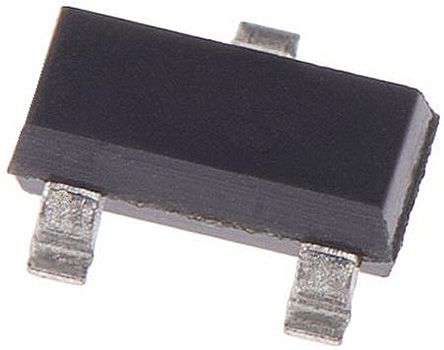- Automation & Control Gear
- Cables & Wires
- Enclosures & Server Racks
- Fuses & Circuit Breakers
- HVAC, Fans & Thermal Management
- Lighting
- Relays & Signal Conditioning
- Switches
- Batteries & Chargers
- Connectors
- Displays & Optoelectronics
- ESD Control, Cleanroom & PCB Prototyping
- Passive Components
- Power Supplies & Transformers
- Raspberry Pi, Arduino, ROCK, STEM Education & Development Tools
- Semiconductors
MOSFETs
MOSFETs, also known as MOSFET transistors, stands for ’Metal Oxide Semiconductor Field-Effect Transistors’. These versatile components are widely used in Australia and around the world, finding applications in various industries from consumer electronics to industrial automation. MOSFETs are transistor devices which are controlled by a capacitor. The "Field-Effect" means that they are controlled by voltage. The aim of a MOSFET is to control the flow of the current passing through from the source to the drain terminals. It acts very similarly to a switch and is used for switching or amplifying electronic signals.
These semiconductor devices are ICs (integrated circuits) which are mounted onto PCBs. MOSFETs come in a range of standard package types such as DPAK, D2PAK, DFN, I2PAK, SOIC, SOT-223 and TO-220. For more information about MOSFETs, please see our Introductory Guide to Semiconductors.
What are Depletion and Enhancement Modes?
MOSFET transistors have two modes; depletion and enhancement. Depletion MOSFETs work like a closed switch. The current passes through when no current is applied. The current flow will stop if a negative voltage is applied. Enhancement mode MOSFETs are like a variable resistor and are generally more popular than the depletion mode MOSFETs. They come in n-channel or p-channel variants.
How do MOSFETs Work?
The pins on a MOSFET package are the Source, Gate and Drain. When a voltage is applied between the Gate and the Source terminals, current can pass through from the Drain to the Source pins. When the voltage applied to the Gate changes, the resistance from the Drain to the Source will change too. The lower the voltage applied, the higher the resistance. As the voltage increases, the resistance from the Drain to Source will decrease. Power MOSFETs are like standard MOSFETs but they are designed to handle a higher level of power.
N-Channel vs. P-Channel MOSFETs
N-Channel MOSFETs contain additional electrons which are free to move around. They are a more popular channel type. N-Channel MOSFETs work when a positive charge is applied to the gate terminal.
Some use cases and applications include:
- Power Supplies: They are commonly used as switching elements in voltage regulators and DC-DC converters due to their efficiency and low power loss.
- Motor Control: N-Channel MOSFETs' fast switching capabilities make them ideal for controlling motors in various applications, from industrial machinery to electric vehicles.
- Logic Circuits: N-Channel MOSFETs are widely used in electronic circuits as switches and amplifiers, enabling the flow of current between different parts of the circuit.
P-Channel MOSFETs substrates on the other hand contain electrons and electron holes. P-Channel MOSFETs are connected to a positive voltage. These MOSFETs turn on when the voltage supplied to the Gate terminal is lower than the Source voltage.
Some use cases and applications include:
- High-Side Switches: Their ability to be controlled by a low-side signal makes them suitable for high-side switching applications, where the load is connected to the positive supply rail.
- Complementary Circuits: They are often used in conjunction with N-Channel MOSFETs in complementary circuits, such as CMOS logic gates, for improved power efficiency and noise immunity.
- Battery-Powered Devices: Their low current consumption makes them useful in battery-powered devices, where power conservation is crucial.
MOSFETs vs BJTs
MOSFETs (Metal-Oxide-Semiconductor Field-Effect Transistors) offer several advantages over BJTs (Bipolar Junction Transistors):
- Higher Input Impedance: MOSFETs are voltage-controlled devices, meaning they require very little input current to operate. This makes them ideal for applications where low power consumption and high efficiency are critical. In contrast, BJTs are current-controlled devices, requiring a continuous base current to maintain conduction.
- Faster Switching Speeds: MOSFETs can switch on and off much faster than BJTs, making them suitable for high-frequency applications like switching power supplies and motor control in Australia.
- Lower On-Resistance: MOSFETs typically have lower on-resistance (Rds(on)) than BJTs, resulting in less power dissipation and improved efficiency.
- No Thermal Runaway: Unlike BJTs, MOSFETs are less susceptible to thermal runaway, a phenomenon where increasing temperature leads to increased current flow, potentially damaging the device.
However, BJTs do have some advantages in certain applications:
- Lower Cost: BJTs are generally less expensive than MOSFETs, making them attractive for cost-sensitive designs.
- Higher Current Gain: BJTs can provide higher current gain than MOSFETs, making them suitable for applications requiring significant current amplification.
- Linear Operation: BJTs are better suited for linear applications, like audio amplifiers, where their inherent current control provides smoother amplification characteristics.
MOSFETs Selection Criteria
Choosing the right MOSFET to buy for your project requires careful consideration of several key parameters:
- Rds(on) (On-Resistance): This represents the resistance between the drain and source terminals when the MOSFET is fully on. Lower Rds(on) results in lower power dissipation and improved efficiency.
- Vgs(th) (Threshold Voltage): This is the minimum gate-to-source voltage required to turn on the MOSFET. It's important to choose a MOSFET with a Vgs(th) that is compatible with the control signal voltage.
- Maximum Current/Voltage Ratings: These specify the maximum current (Id) and voltage (Vds) that the MOSFET can handle without damage. It's essential to select a MOSFET with ratings that exceed the expected operating conditions of your application.
Industrial Applications of MOSFETs
MOSFETs have a wide range of industrial applications, playing a critical role in enabling efficient power management, control, and automation.
- Discrete Manufacturing: In automotive manufacturing, MOSFETs are used in electronic control units (ECUs), motor control systems, and power supplies for various components. In consumer electronics manufacturing, they are essential for power management in devices like smartphones, laptops, and televisions.
- Process Manufacturing: In the chemical industry, MOSFETs are used in process control systems to regulate temperature, pressure, and flow rates. In the food and beverage industry, they are used in packaging machinery,temperature control systems, and refrigeration units.
- Energy and Utilities: In power generation and distribution, MOSFETs are used in high-voltage DC transmission systems, inverters, and power converters. In renewable energy systems like solar and wind power, they are crucial for maximising energy harvesting and grid integration.
- Facilities and Intralogistics: In building automation systems, MOSFETs are used in lighting control systems, HVAC systems, and security systems. In material handling and logistics, they are used in motor drives for conveyors, automated guided vehicles (AGVs), and robotic systems.
Your Trusted MOSFETs Supplier & Distributor
If you are wondering where to buy MOSFETs online for your next project, RS is a trusted and widely recognised supplier and distributor of MOSFETs in Australia, offering a vast selection from leading brands such as Infineon, STMicroelectronics, DiodesZetex, onsemi, and Vishay.
With our extensive inventory, competitive pricing, and fast shipping options, we ensure that you can find the perfect MOSFET for your application and get it delivered quickly.
Choosing RS as your MOSFET supplier provides numerous benefits. Our commitment to quality ensures that you receive genuine products from reputable manufacturers, backed by comprehensive technical support and resources. Our user-friendly website and advanced search tools make it easy to navigate our vast product range and find the exact MOSFET you need based on your specific requirements.
With RS Australia, you can streamline your procurement process, reduce downtime, and optimise your project efficiency. Our dedicated customer service team is always ready to assist you with any queries or technical challenges,ensuring a seamless and satisfying experience. Trust RS as your reliable partner for all your MOSFET needs in Australia. For details about delivery, please refer to our Delivery Page.
Popular Searches
Related links
- Dual N-Channel MOSFET Transistor & Diode 40 V, 3-Pin DPAK Infineon...
- N-Channel MOSFET 60 V IPAK Vishay IRFU024PBF
- N-Channel MOSFET 60 V, 3-Pin TO-220AB Vishay IRFZ34PBF
- N-Channel MOSFET 550 V, 3-Pin TO-220 Infineon IPA50R280CEXKSA2
- N-Channel MOSFET 500 V, 3-Pin TO-3PN IXYS IXFQ34N50P3
- N-Channel MOSFET 150 V, 3-Pin D2PAK onsemi FDB2552
- N-Channel MOSFET 800 V, 3-Pin D2PAK Vishay SIHB15N80AE-GE3
- Dual N-Channel MOSFET 20 V, 6-Pin SOT-23 onsemi FDC6401N
